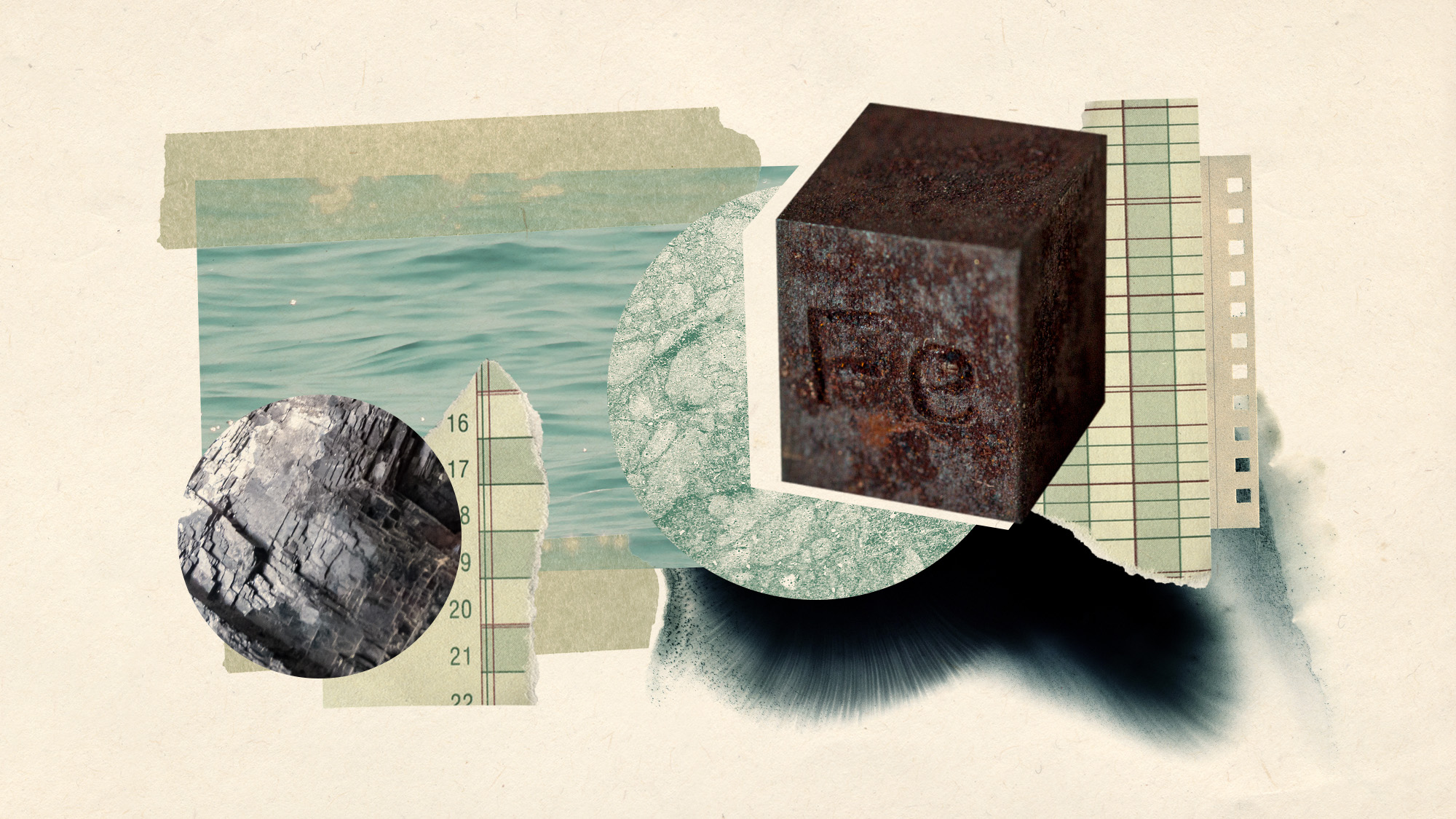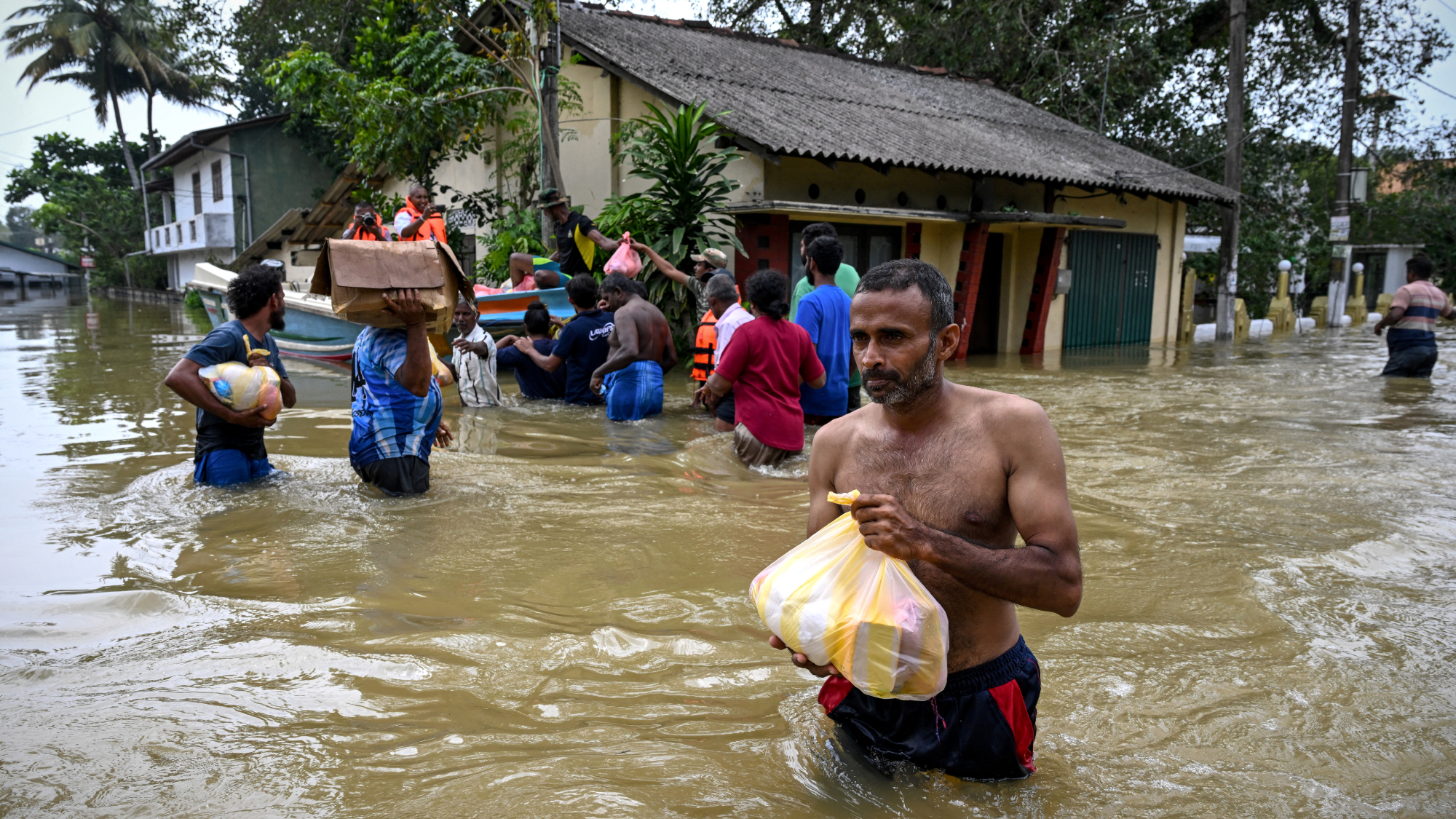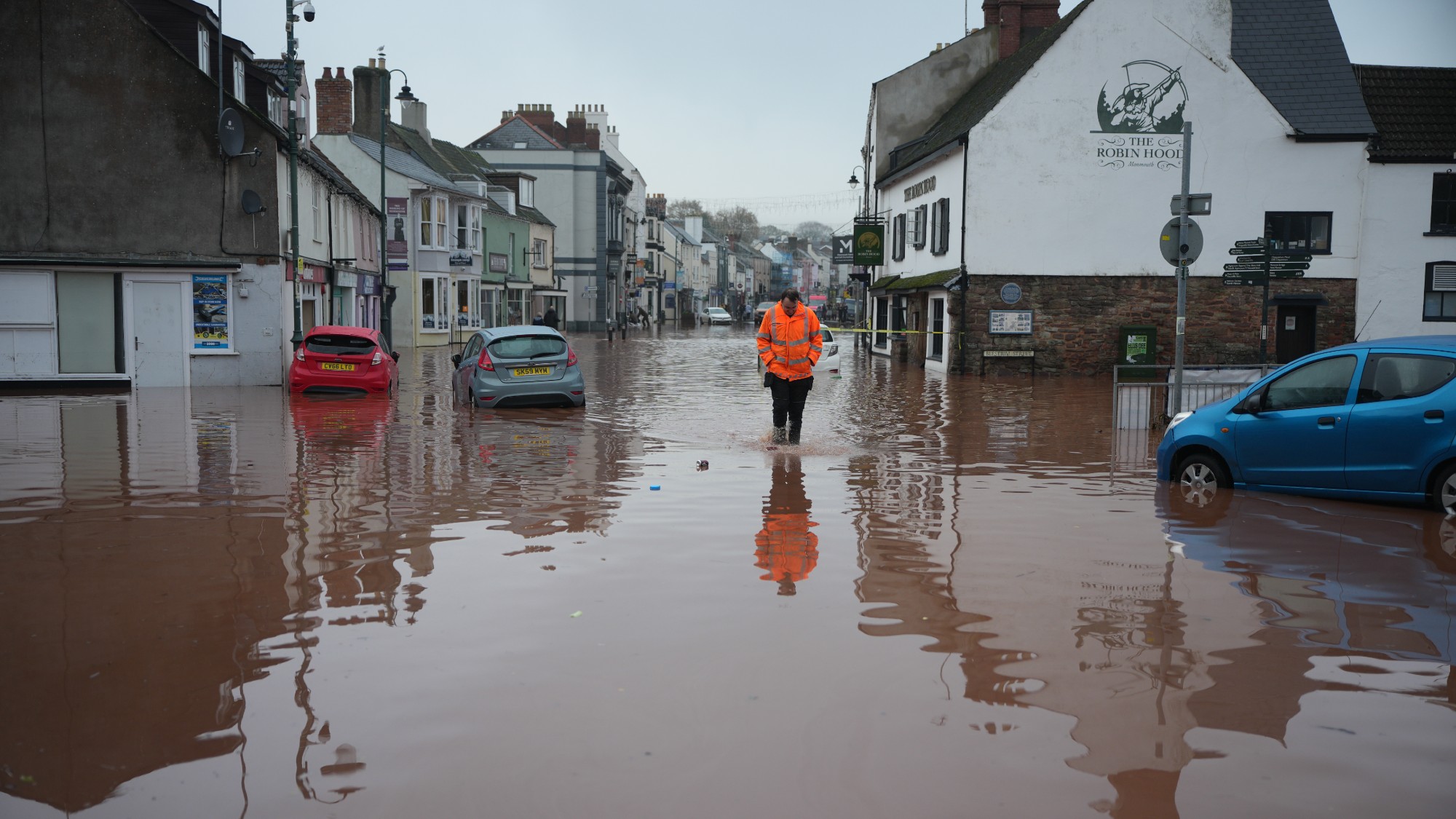Iron fertilization: Scientists want to add the element to the ocean to capture carbon
Adding metal to marine life


The climate is warming, and much of the increase is due to greenhouse gases, the most prevalent gas being carbon dioxide. Methods for removing existing carbon from the atmosphere are in the works, and some experts are arguing in favor of iron fertilization, a geoengineering approach which would help oceans trap atmospheric carbon. While the method has potential, the consequences of implementing it are still largely unknown.
Iron in the ocean
An article published in the journal Frontiers in Climate lays out a program for implementing iron fertilization to help fight climate change. Ocean iron fertilization (OIF) is a "technique where small amounts of micronutrient iron are released onto the surface of the sea to stimulate the growth of marine plants known as phytoplankton," said Euronews. "This rapid growth removes carbon dioxide from the atmosphere through photosynthesis. When the plankton die or are eaten, some of that carbon is captured as it sinks deep into the ocean." Geoengineering like OIF has long been in discussion as a way to mitigate carbon emissions.
"Given the ocean's large capacity for carbon storage … enhancing the ocean's natural ability to store carbon should be considered," Paul Morris, one of the authors of the study and the project manager for international experts group Exploring Ocean Iron Solutions (ExOIS), said in a statement. ExOIS wants to conduct iron fertilization trials to determine whether the technology could be implemented on a larger scale. "This is the first time in over a decade that the marine scientific community has come together to endorse a specific research plan for ocean iron," Ken Buesseler, the study's lead author and executive director of the ExOIS project, said in the statement. The program wants to raise $160 million for the trial and has already received a $2 million grant from the National Oceanic and Atmospheric Administration.
The Week
Escape your echo chamber. Get the facts behind the news, plus analysis from multiple perspectives.

Sign up for The Week's Free Newsletters
From our morning news briefing to a weekly Good News Newsletter, get the best of The Week delivered directly to your inbox.
From our morning news briefing to a weekly Good News Newsletter, get the best of The Week delivered directly to your inbox.
Oceanic objections
Not everyone is on board with investing in iron fertilization. Many worry that "fertilization could create 'dead zones' where rampant algal blooms would consume all the oxygen in the water, snuffing out other life," said Scientific American. "Phytoplankton blooms could also consume nutrients such as phosphorus and nitrogen that then wouldn't be available for organisms elsewhere, a phenomenon known as 'nutrient robbing.'" There is little known about how iron fertilization will interact with other climate factors that affect marine life, like warming oceans.
In addition, iron fertilization may not be as effective at removing carbon as some experts claim. "Even at its peak performance, the technique just can't store that much carbon," Alessandro Tagliabue, an ocean biogeochemist at the University of Liverpool, said to Hakai Magazine. "Setting up a large-scale nutrient fertilization project would require mining the minerals and building infrastructure to get them into the ocean. These activities would emit carbon, lowering the overall carbon sequestration potential by the time the nutrients hit the water."
However, some sacrifices could be necessary to ensure progress. "It's a small change in biology, relative to doing nothing and watching this planet boil," Buesseler said to Scientific American.
A free daily email with the biggest news stories of the day – and the best features from TheWeek.com
Devika Rao has worked as a staff writer at The Week since 2022, covering science, the environment, climate and business. She previously worked as a policy associate for a nonprofit organization advocating for environmental action from a business perspective.
-
 The best homes of the year
The best homes of the yearFeature Featuring a former helicopter engine repair workshop in Washington, D.C. and high-rise living in San Francisco
-
 Critics’ choice: The year’s top 10 movies
Critics’ choice: The year’s top 10 moviesFeature ‘One Battle After Another’ and ‘It Was Just an Accident’ stand out
-
 The small Caribbean island courting crypto billions
The small Caribbean island courting crypto billionsUnder the Radar Crypto mogul Olivier Janssens plans to create a libertarian utopia on Nevis
-
 Crest falling: Mount Rainier and 4 other mountains are losing height
Crest falling: Mount Rainier and 4 other mountains are losing heightUnder the radar Its peak elevation is approximately 20 feet lower than it once was
-
 Death toll from Southeast Asia storms tops 1,000
Death toll from Southeast Asia storms tops 1,000speed read Catastrophic floods and landslides have struck Sri Lanka, Indonesia, Thailand and Malaysia
-
 Can for-profit geoengineering put a pause on climate change?
Can for-profit geoengineering put a pause on climate change?In the Spotlight Stardust Solutions wants to dim the sun. Scientists are worried.
-
 How will climate change affect the UK?
How will climate change affect the UK?The Explainer Met Office projections show the UK getting substantially warmer and wetter – with more extreme weather events
-
 Can the UK do more on climate change?
Can the UK do more on climate change?Today's Big Question Labour has shown leadership in the face of fraying international consensus, but must show the public their green mission is ‘a net benefit, not a net cost’
-
 Did Cop30 fulfil its promise to Indigenous Brazilians?
Did Cop30 fulfil its promise to Indigenous Brazilians?Today’s Big Question Brazilian president approves 10 new protected territories, following ‘unprecedented’ Indigenous presence at conference, both as delegates and protesters
-
 Can the world adapt to climate change?
Can the world adapt to climate change?Today's Big Question As the world gets hotter, COP30 leaders consider resilience efforts
-
 Taps could run dry in drought-stricken Tehran
Taps could run dry in drought-stricken TehranUnder the Radar President warns that unless rationing eases water crisis, citizens may have to evacuate the capital
